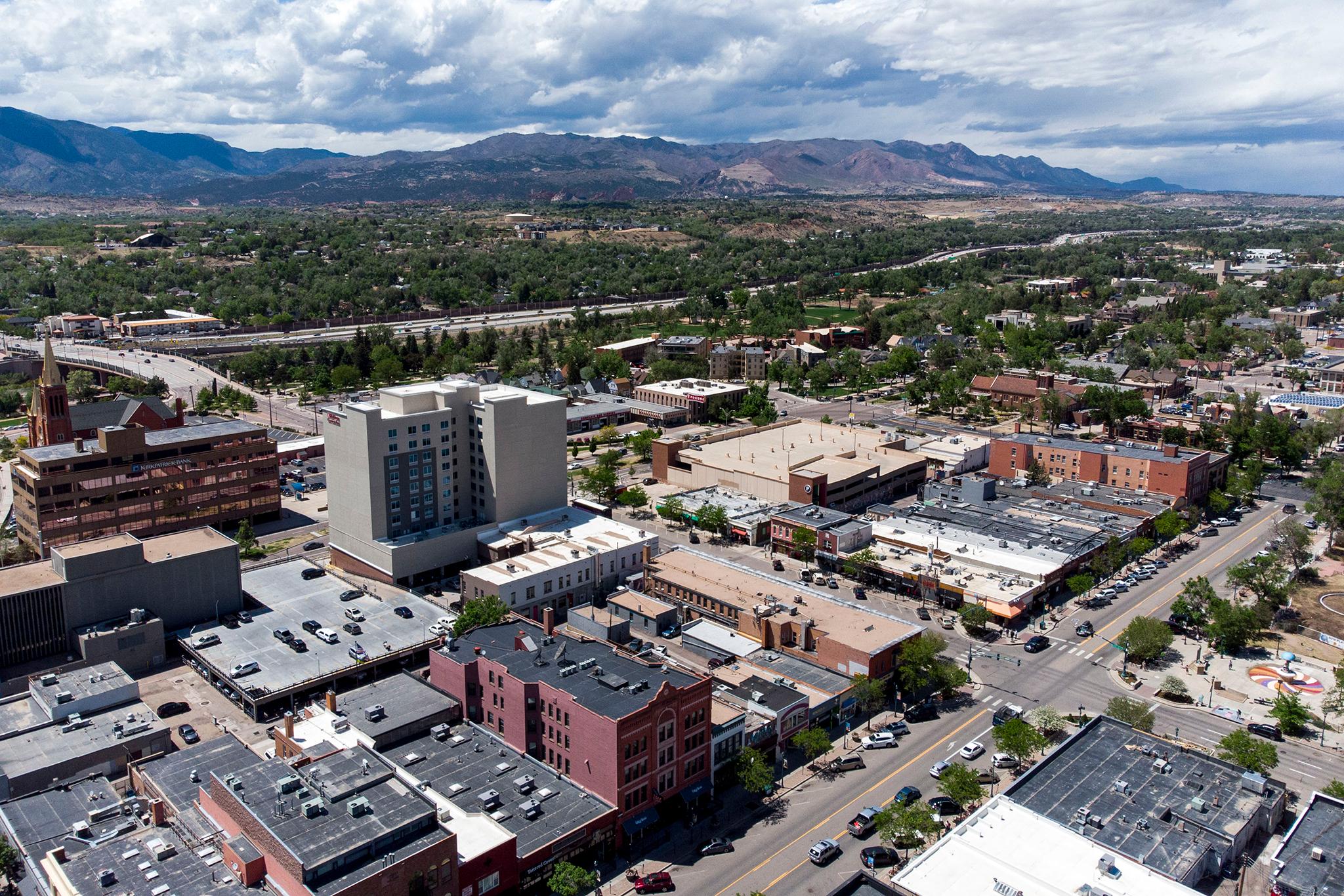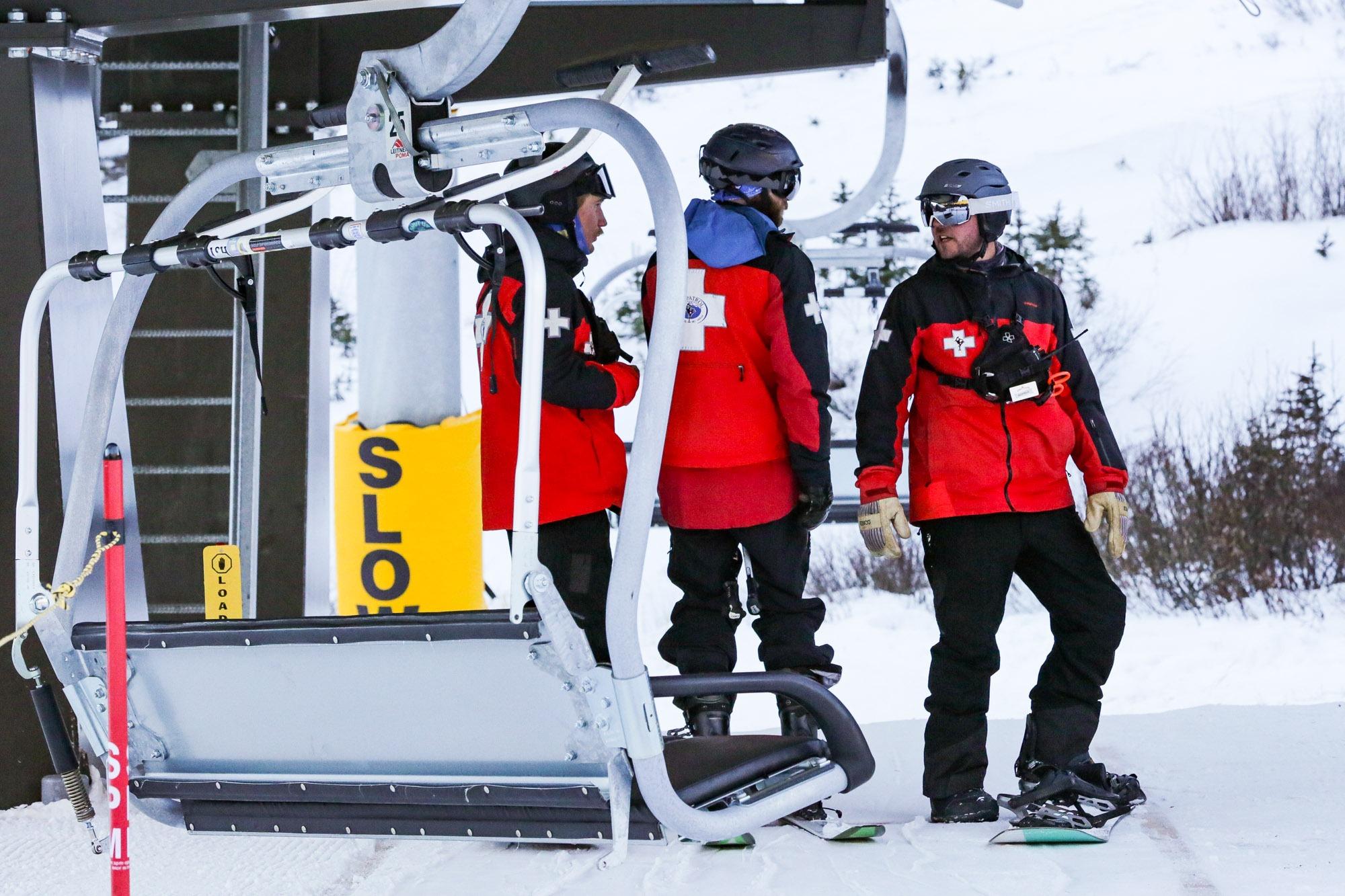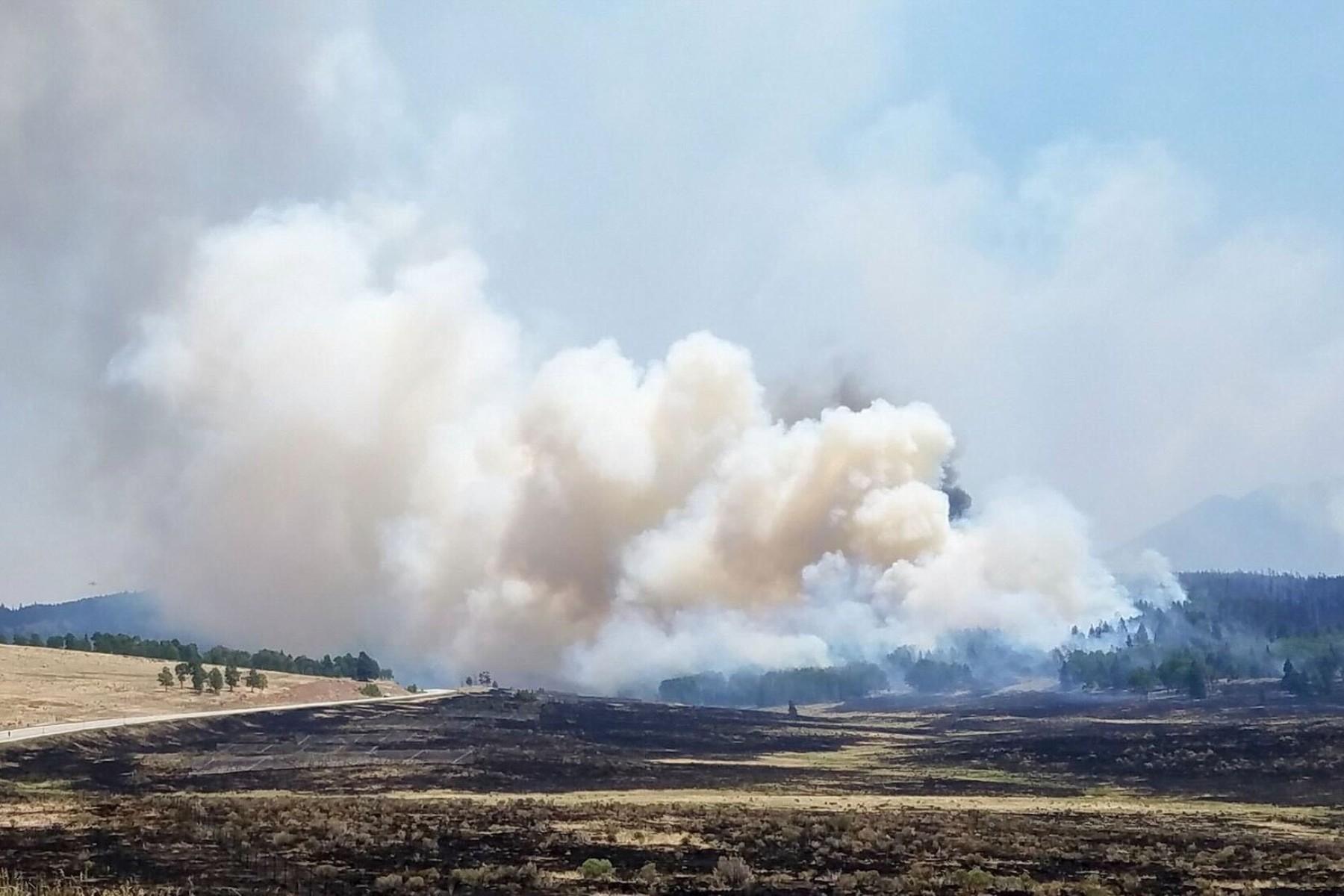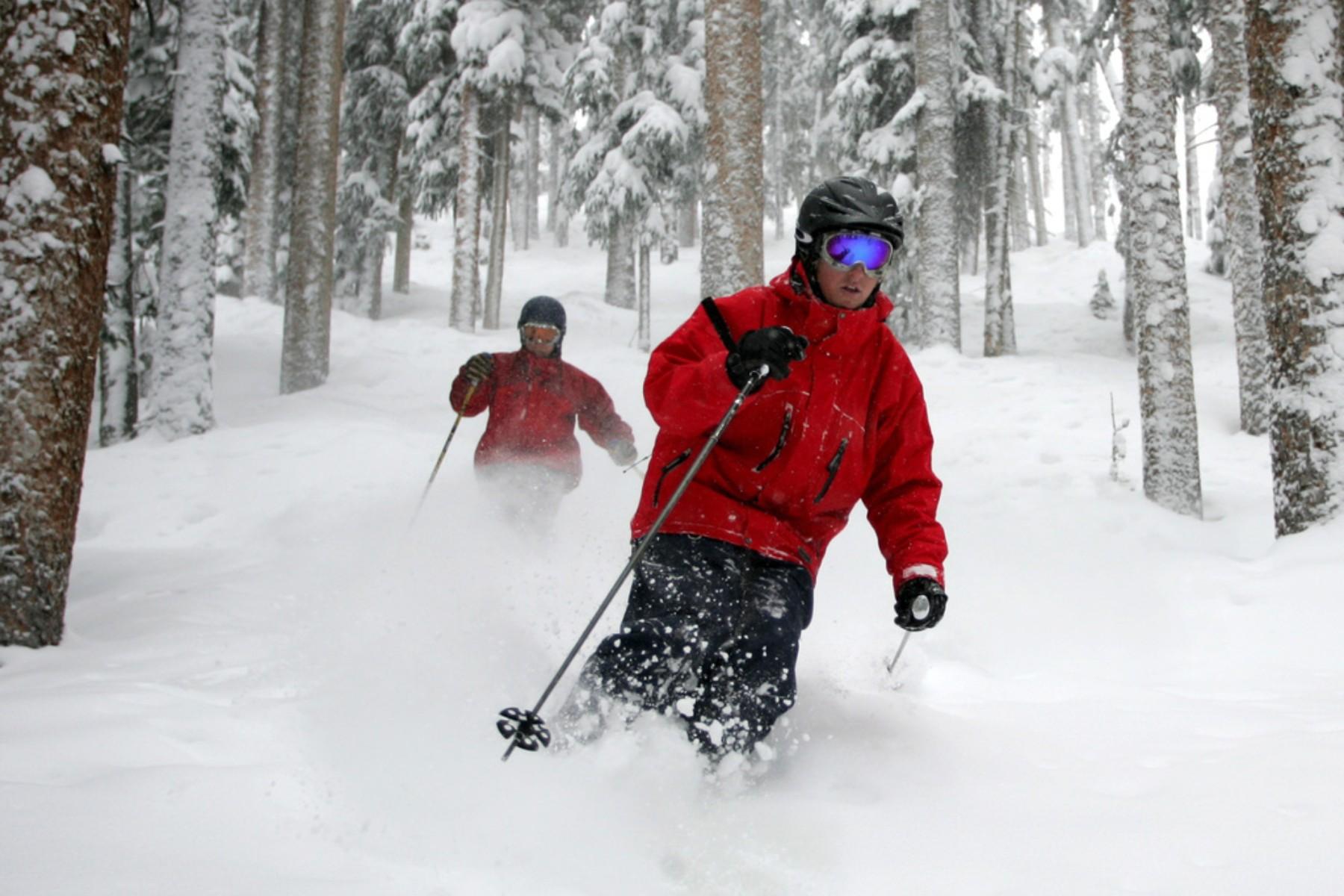
More people in El Paso County are experiencing chronic homelessness, but new shelter options have also helped unhoused people find places to spend the night.
According to the county’s annual “Point in Time” survey, the overall number of people experiencing homelessness went up to 1,443 people.
The survey found 396 people to be chronically homeless, meaning they have been without a home for 12 consecutive months or have had multiple bouts with homelessness in the past three years, and have a self-reported disabling condition. A majority of the chronically homeless population in the county did not have a safe and stable place to live.
However, 80 percent of the county's general homeless population, meaning those who did not fit the definition of chronically homeless, had adequate shelter through emergency shelters or transitional housing.
Evan Caster, with the Community Health Partnership in Colorado Springs, said that percentage is likely the result of an increased shelter-bed capacity for the individual adult population.
"We have some excellent partners in this space who have been doing a lot of really good work,” he said. “A lot of the attention has gone to the individual adults, but we know there's tremendous need, especially among families and individual youth."
Data from Built for Zero, a nationwide collaborative committed to ending homelessness, shows an average of 358 individuals between the ages of 15 and 24 are experiencing homelessness in El Paso County each month. That's a 20-percent increase from the same reporting period last year.
"Unfortunately one of our family shelters, New Promise, is closing at the end of this month," Caster said. "Most of our family shelter options have been with the Salvation Army and ComCor, who stepped up during the pandemic to support temporary emergency shelter for COVID isolation."
Built for Zero also identified a monthly average of 401 households with at least one veteran experiencing homelessness in the county.
This year’s “Point in Time” survey showed that the total number of people experiencing homelessness went up by 300 compared to last year. That number is still lower than in 2019, though Caster said it’s not unusual for there to be an undercount in the voluntary survey.
This year's count was done in mid-February, a month later than usual, due to a COVID surge in El Paso County.
"There was a slight shift there as well, in just terms of the apples to apples [comparison] to past years," Caster said.
The snapshot of homelessness in the county helps organizations apply for federal money to fund services, but Caster said it's just a percentage of the people the agencies serve in a given year.









